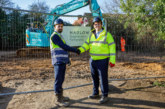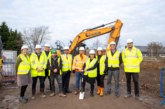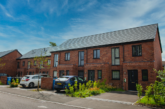LABM speaks to Kate Henderson, Chief Executive at the National Housing Federation, about the Homes at the Heart campaign and the role of social housing in the nation’s social and economic recovery.
In June, Homes at the Heart — a joint campaign between the NHF, CIH, ARCH, NFA and Crisis — was launched. Can you tell LABM about the campaign and what the five organisations hope to achieve through it?
Kate: Homes at the Heart is asking the Government for a once-in-a-generation investment in social housing. That’s because we believe this is key to the country’s social and economic recovery from coronavirus. The pandemic has made it very clear how desperately we need more secure and high quality affordable homes, to help a broad range of people — including low paid key workers, rough sleepers, and older people in unsupported homes.
We’re working on this campaign with the Chartered Institute of Housing, the National Federation of ALMOs, the Association of Retained Council Housing, and Crisis, as well as over 60 supporters from outside the housing sector, like Carers UK and NatWest.
A once-in-a-generation investment would not only ensure that we can build more affordable homes, but also offers an opportunity to keep rough sleepers off the street, empower local communities and decarbonise social housing.
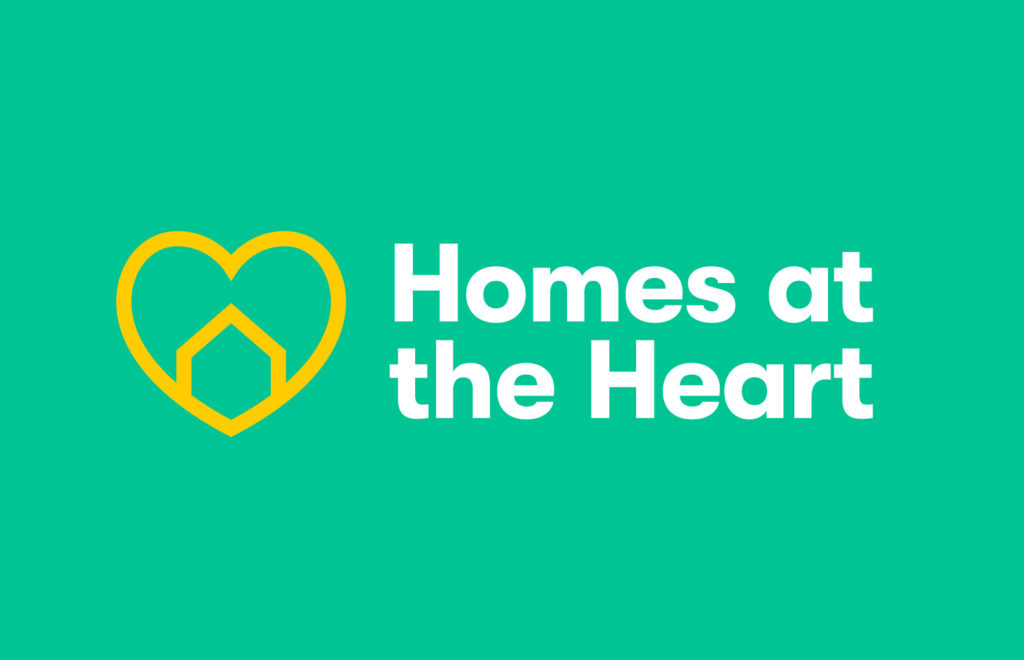 How important is social housing to the nation’s social and economic recovery?
How important is social housing to the nation’s social and economic recovery?
Kate: We know that building more social homes is a quick way to boost the economy and create jobs. Every £1 invested in construction of housing generates £2.84 to the economy and last year housing associations built more than a quarter of all homes in England. This added an estimated £2.4bn to the national economy and supported more than 43,500 jobs, showing the huge impact that investing in social housing has.
But making social housing more available can also be transformative for the nation’s wellbeing. Social homes are more likely to offer residents somewhere decent, affordable and stable to live. The English Housing Survey shows that on average social housing is of higher quality than any other tenure. Everyone deserves to feel safe in their home, but in a time as uncertain as this the impact of having a good home is even greater.
What are your thoughts on the Prime Minister’s recent statement outlining government’s plans for economic recovery?
Kate: We were really pleased to see the Prime Minister focusing on building homes as a way of getting the country back on track. In particular, it was great to get confirmation that the £12bn Affordable Homes Programme (AHP) will be delivered over five years. As we are highlighting with the Homes at the Heart campaign, right now the Government has an opportunity to make social rent homes key to social and economic recovery through the AHP. These homes are needed now more than ever so they should make up the bulk of the homes built with the funding.
We also welcome plans to look at how public sector land could be used for housebuilding. However we are concerned that the relaxation of regulations, where commercial buildings can be converted to housing outside of the planning process, could lead to poor quality housing. We want to work with the Government on issues like this and ensure that that government money is targeted where it is most needed, towards the building of safe, secure and suitable affordable homes.
What are the key issues and challenges facing social housing providers as we emerge from the pandemic?
Kate: Many housing associations, particularly our members who offer supported housing, are still on the front line of the battle against coronavirus, caring for residents who have the illness, ensuring they prevent outbreaks in their facilities and that they have the equipment needed to keep both staff and residents safe. For these providers the challenges remain similar to those earlier in the pandemic.
But at the same time, housing associations will also be looking at how they can safely deliver essential services and support in the long-term – whether this is assisting residents struggling to make rent payments, looking after older residents who remain vulnerable or ensuring safety checks in homes can now go ahead safely.
It was good to hear the Secretary of State for Housing, Robert Jenrick, recognise the importance of homes and communities in his video speech at the International Housing Summit, as he paid tribute to the role housing providers have played during the health crisis. What are your key takeaways, in terms of how housing associations have responded and adapted to the challenges faced during the pandemic to best support their communities?
Kate: Housing associations have done amazing work since the start of the coronavirus pandemic and stepped up to the huge challenge of supporting their communities in this really difficult time. My main takeaway would be just how resourceful and dedicated our members’ staff are!
As well as quickly committing to not evicting residents as a result of coronavirus before the Government’s eviction ban came in, each housing association has had to overhaul their services to meet social distancing and lockdown requirements, as well as finding new ways to reach out to their residents. From making thousands of calls to older and more vulnerable residents to offer help and companionship as well as supporting people to apply for benefits, donating to local foodbanks and establishing hardship funds, the broad range of support that staff have rolled out has been exceptional. We have shown ourselves to be a sector that can adapt quickly and effectively to change, particularly when we are able to work cooperatively alongside national and local government, charities and other housing providers.
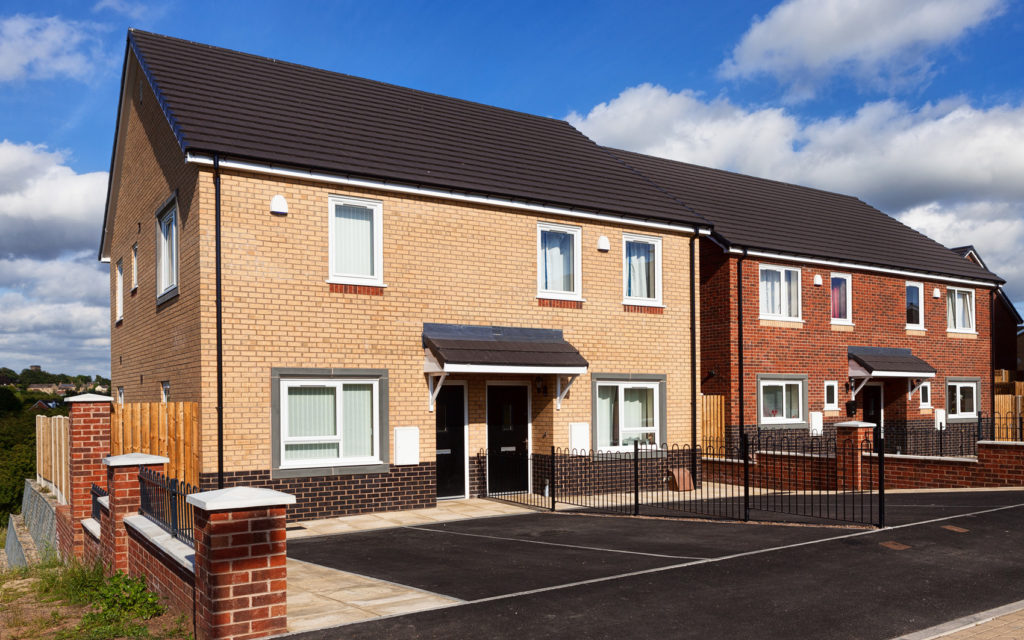
How do we tackle inequality in housing, ensuring a fair system for all?
Kate: Housing associations are grounded in their social purpose, and driven by their mission to provide good quality, affordable homes for all. Our sector delivers homes and support for almost six million people, including some of the most disadvantaged people in England. They also invest in community services, they regenerate places, and provide specialist and supported housing across the country, helping people from every age and every community to have the home they need.
Social housing is key to empowering people to succeed in all areas of their lives, and our homes have become more important to us than ever during the coronavirus crisis. But all too often people find themselves without access to this crucial type of housing, with over eight million people affected by the housing crisis nationwide. Everyone deserves a safe, secure, comfortable place to call home, which is why our Homes at the Heart is calling for a new generation of affordable home, and a change for communities across the country, amongst our other campaign priorities.
What needs to be done to improve housing for BME communities?
Kate: There are a number of ways we can improve housing for BME communities, however overcrowding is an issue which really affects this group. Overcrowding has been a particularly worrying trend during lockdown, when the Government have been encouraging us to limit our social interaction. But residents deserve to live in a home that meets their needs, whether we are in a pandemic or not.
To tackle overcrowding there needs to be more social homes built — especially larger homes in high demand areas such as London and other major cities. Families are the most likely to struggle with the high cost of private rents. Reforming the welfare system would also help, as caps on benefits disproportionately affect bigger families and make it really difficult for them to find a suitable home.
BME National — a collective of housing associations who specifically work with ethnic minority residents — have been doing great work showing government that improving social housing and benefits provision is a key way to alleviating the inequality BME communities experience.
Several months on from the launch of the Government’s ‘Everyone In’ scheme, what lessons can we learn from the short-term solutions offered during the pandemic to help solve the homelessness crisis long-term?
Kate: The success of the Everyone In scheme has been incredibly heartening, particularly in these difficult times. Local authorities, national government, homelessness charities and social housing providers have done astounding work finding accommodation for so many rough sleepers — it demonstrates that homelessness is a crisis we can solve, if we all work together. Joint working, where it hasn’t happened before, is something we should look to keep as a positive lesson from the crisis.
But the next challenge is to ensure the rough sleepers who have been supported during the pandemic do not return to the streets. We need to find appropriate move-on accommodation for those housed during lockdown. This needs to not only be safe, secure, and affordable, it must also include broader support services for the many rough sleepers with complex needs. This support must be available long-term where needed. It’s also key that we ensure anyone who has begun rough sleeping during the pandemic, or who experiences or is at risk of a different form of homelessness, receives the same level of housing support as that offered through the Everyone In scheme. The long-term, cost-effective solution for all homeless groups is building homes that are safe and affordable for people to live in.
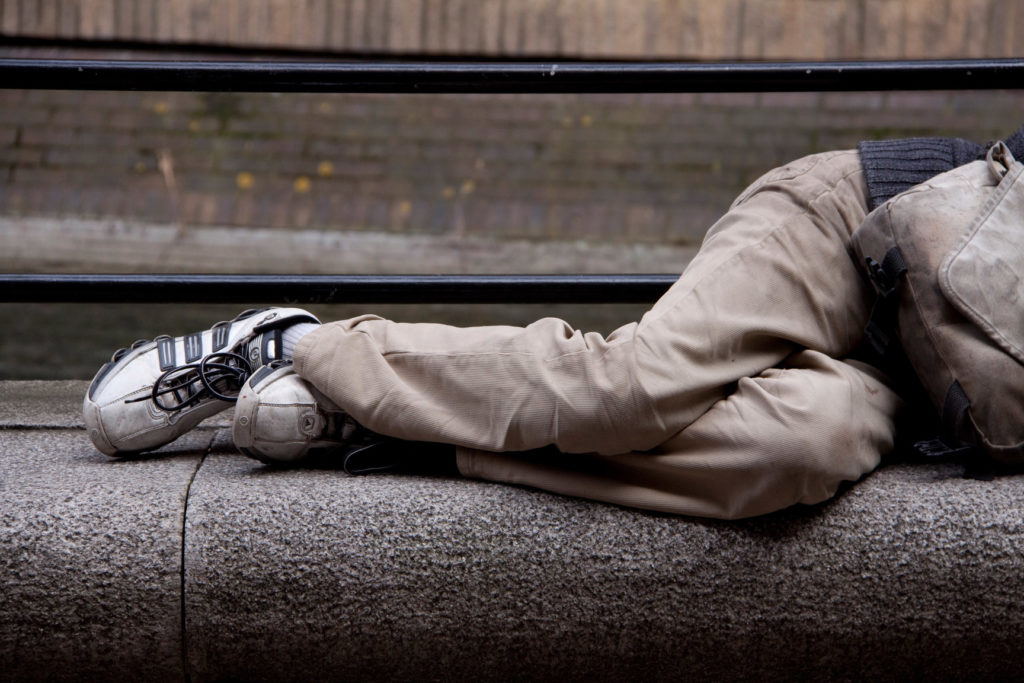
The fire safety of high-rise accommodation blocks is still a major concern for residents and an ongoing issue for housing providers, with huge cost implications attached to remediation works. What more would you like to see from government to support the work of housing providers in making buildings safe?
Kate: We welcome the clarity provided by government in May that, through the Building Safety Fund, they will cover the costs of replacing dangerous cladding for all leaseholders, including those in the social housing sector. Housing associations have been working as quickly as possible to remedy their buildings and make sure they are safe for residents to live in.
But the cost of ensuring all buildings are safe is still significant and continues to grow as we understand the scale of work required to replace cladding, install sprinklers and fix compartmentation. This has meant that our members are having to make difficult decisions and prioritise safety works above all else — this includes having to redirect funds away from building new social housing and investing in existing homes, making a strong Affordable Homes Programme more important than ever. We also want to see the Government implement the findings of the Hackitt Review as soon as possible.
How can the Building Safety Charter help create a culture of safety across the built environment sector?
Kate: The Building Safety Charter is an excellent opportunity for the construction sector to foster a new culture of safety and transparency. Whilst improvements have certainly been made in recent years, there are still urgent changes that need to be made to ensure that everyone working in the built environment sector always has protecting lives as their priority, above all other building concerns. We are encouraging our members to engage enthusiastically with the charter and I hope it will galvanise those in the built environment sector to promote excellent practise, learn from each other and take a lead in improving safety standards.
I have had productive discussions with colleagues at the Considerate Constructors Scheme, who are administering the charter, and am looking forward to continuing to work closely with them on it. I am looking forward to seeing how housing associations engage with the charter, ensuring that residents and their safety are always at the heart of their work.





